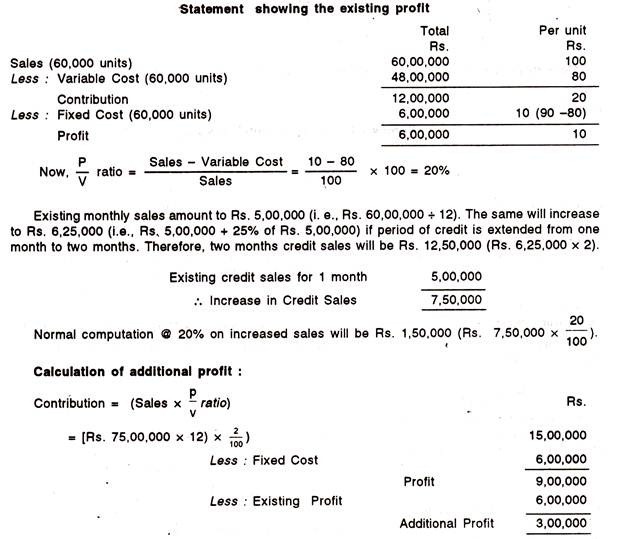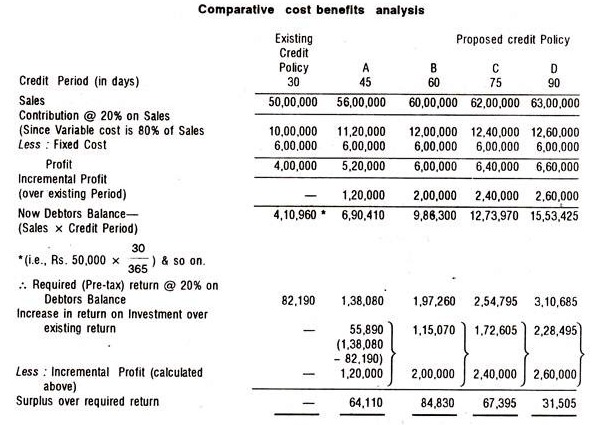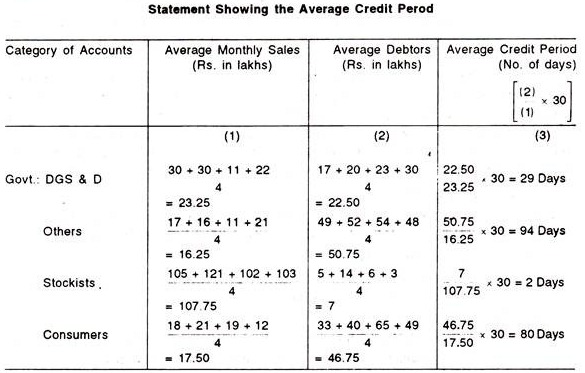In this article we will discuss about the accounting procedure for under-subscription and over-subscription of shares, explained with the help of suitable illustrations.
Under-Subscription:
Sometimes, the applications for shares received are less than the number of shares issued. For instance, a Company issued 10,000 shares to the public and the Company received applications for 8000 shares from the public. This situation is called Under-subscription.
In such cases, the allotment may be done to the number of shares subscribed for i.e. 8,000 shares, which is less than the issued shares. But if the Company fails to receive the minimum subscription, shares cannot be allotted. And all the application money will be returned to the applicants.
Over-Subscription:
Sometimes, a Company receives applications for a larger number of shares than offered by it to public for subscription. This situation is termed as Over-subscription. However, allotment can be made only to the number of shares that are issued. The Company cannot allot more shares than the issued even if there is demand for the shares.
ADVERTISEMENTS:
Since share applications have been received along-with application money, it is necessary for the Company to adopt any one of the following methods:
(a) Rejection of Applications for Excess Number of Shares:
ADVERTISEMENTS:
For instance, a Company issued 10,000 shares but applications were received for 13,000 shares Therefore, the Company may reject the excess number of applications for 3,000 shares, and by doing so application money must also be returned to the applicants.
(b) Allotment of Shares on Pro-Rata Basis:
Here the policy of the Company is that no public is refused with shares and at the same time no applicant is given the demanded shares. Each applicant is allotted shares on a proportion basis- TOTAL SHARES ISSUED TO TOTAL SHARES APPLIED FOR. For instance, a Company issued 10,000 shares and shares applied for is 12,000. Now, on the basis of pro-rata i.e 10/12 ratio the shares are allotted. That is, if one applies for 12 shares, only 10 shares are allotted.
(c) (i) Rejections of Some Applications:
ADVERTISEMENTS:
(ii) Allotment to Remaining Applicants on Pro-Rata Basis:
For instance, a Company issued 5,000 shares but received applications for 8 000 shares. The Company may reject applications for 2,000 shares and money will also be returned. The remaining applicants for 6,000 shares, the issued shares i.e. 5,000 shares are allotted on pro-rata basis, that is an applicant for 6 shares is allotted 5 shares.
(d) (i) Rejection of Some Applications,
(ii) Acceptance of Some Applications in Pull,
ADVERTISEMENTS:
(iii) Allotment to Remaining Applicants on Pro-Rata Basis:
For instance a Company issued 1, 00,000 shares. Applications have been received for 1, 50,000 shares.
Allotment may be done as:
Excess Money on Application:
ADVERTISEMENTS:
When pro-rata allotment is made, the excess money received on un-allotted shares are refunded. In certain case, the excess application is appropriated towards the sum due on allotment and then to the amount due on calls.
Generally, the excess money received on application may be used against the money due on allotment and excess thereof, beyond the adjustment, may be refunded to the allottees, in the absence of any specific instructions in the question.
In brief, the journal entries from the “Receipt of Application Money” to the “Receipt of Call Money” are given below:
NB: 2, 3, 4 and 5 can be combined:
Share Application Account Dr.
To share capital account
To share allotment account
ADVERTISEMENTS:
To calls-in-advance account
To bank account
Illustration (Over-Subscription):
A Company with an authorised capital of Rs. 30, 00,000 invited applications for 2 00 000 shares of Rs. 10 each at premium of Re. 1.
The shares are payable as follows:
On Application Rs. 3
ADVERTISEMENTS:
On Allotment Rs. 4 (including premium)
On First and Final Call Rs. 4
There was over-subscription and applications were received for 3, 60,000 shares.
Allotment of shares was made as under:
Excess money paid on application was adjusted against sums due on allotment and first call’ All moneys due were received. Give Journal entries to record the above transactions and show the Company’s Balance Sheet.
Solution:
The company received applications for shares more than the shares issued. The Company cannot allot the shares in foil to all applicants. This situation is said to be over-subscribed
The Company makes full allotment to share Applicants for 1, 50,000 shares and as such there is no excess amount.
The Applicants for 25,000 shares, no shares have been allotted and thus the whole amount is refunded (25 000 x Rs. 3 = Rs. 75,000).
The Applicants for 1, 85,000 shares. The excess money received from the applicants is adjusted as follows:




